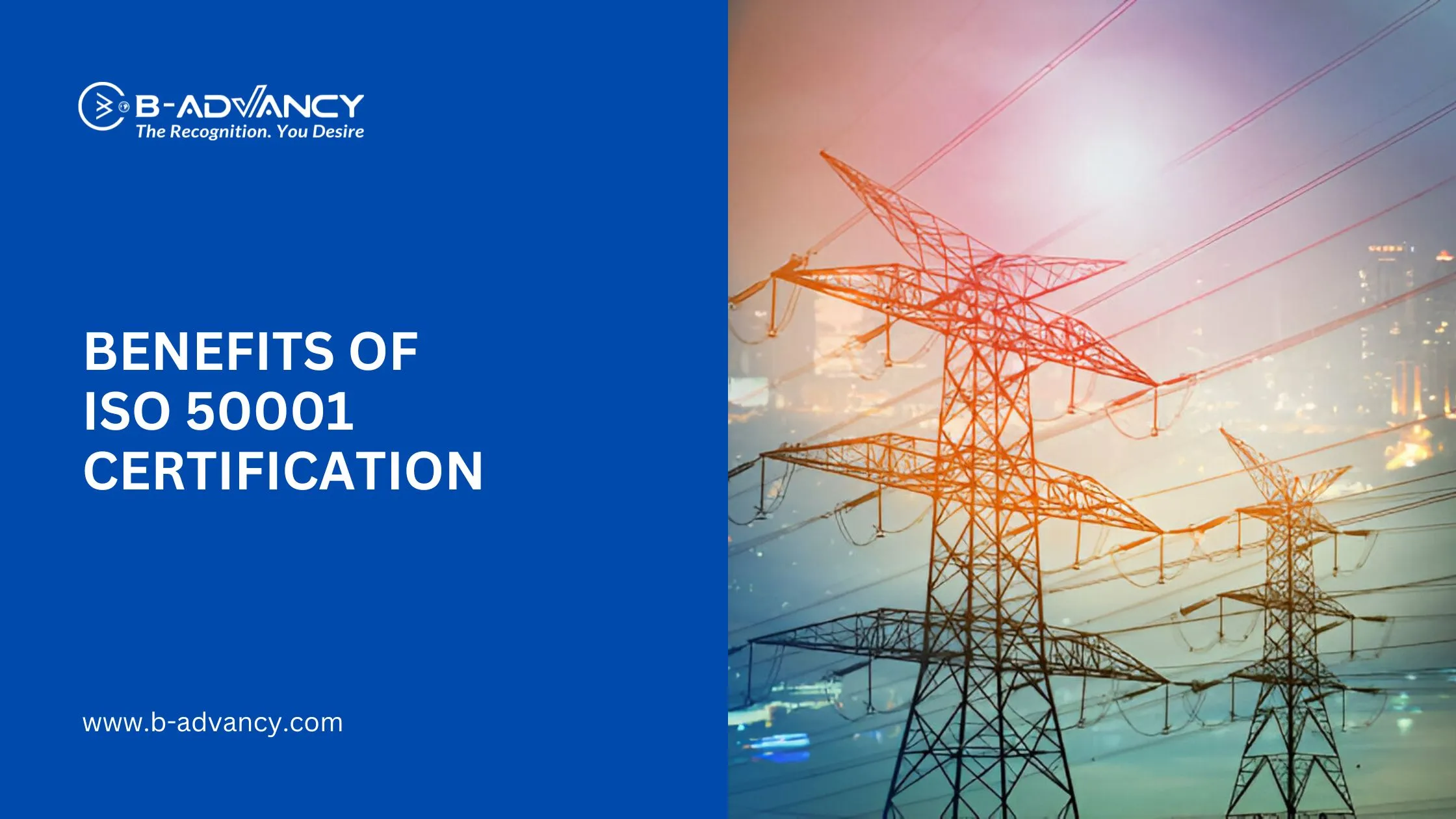
Introduction
ISO standards are crucial benchmarks that organizations worldwide use to ensure quality, efficiency, and compliance in various aspects of their operations. One such standard, ISO 50001, holds paramount importance in the realm of energy management. This blog aims to unravel the significance of ISO standards, particularly ISO 50001, delving into its benefits, certification process, implementation strategies, and future trends.
Understanding ISO 50001
ISO 50001 certification signifies an organization’s commitment to effective energy management practices. It revolves around establishing, implementing, maintaining, and improving an energy management system (EnMS) to enhance energy performance continually. This standard aligns seamlessly with sustainability goals by promoting efficient energy use, reducing waste, and lowering environmental impacts.
The Certification Process
To obtain ISO 50001 certification, organizations must follow a structured process. This includes conducting energy audits, performing management reviews, and ensuring comprehensive documentation and record-keeping. These steps are pivotal in demonstrating compliance with ISO 50001 requirements and showcasing a robust energy management framework.
Implementing ISO 50001
Implementing ISO 50001 involves setting clear energy performance targets and objectives aligned with organizational goals. Developing an EnMS entails defining roles, responsibilities, procedures, and policies related to energy management. Equally important is conducting employee training and awareness programs to foster a culture of energy efficiency across all levels of the organization.
Benefits of ISO 50001 Certification
The benefits of ISO 50001 certification are multifaceted. Firstly, organizations can achieve significant cost savings through improved energy efficiency, leading to reduced operational expenses. Enhanced environmental performance and a reduced carbon footprint further contribute to sustainability goals, aligning with global initiatives for a greener future. Moreover, ISO 50001 certification provides a competitive advantage and improves the organization's reputation as a responsible and sustainable entity.
Case Studies
Numerous companies have reaped tangible benefits from ISO 50001 certification. For instance, Company X reduced its energy consumption by 20% within the first year of certification, leading to substantial cost savings and environmental benefits. Such real-world examples highlight the practical advantages and measurable results achievable through ISO 50001 implementation.
Challenges and Solutions
While implementing ISO 50001, organizations may encounter challenges such as resource constraints, lack of expertise, and resistance to change. However, strategic planning, stakeholder engagement, and leveraging external expertise can help overcome these barriers and ensure a smooth path towards successful certification.
Future Trends
The future of energy management and ISO standards is evolving rapidly. Emerging trends focus on advanced technologies such as IoT-enabled energy monitoring systems, predictive analytics for energy optimization, and integration with other management systems like ISO 14001 for comprehensive environmental management.
Conclusion
In conclusion, ISO 50001 certification offers a structured framework for organizations to enhance energy performance, reduce costs, and contribute positively to environmental sustainability. Businesses across various sectors stand to gain substantial advantages from ISO 50001 implementation, making it a strategic imperative for those seeking long-term growth and competitiveness in today's energy-conscious world. Embracing ISO 50001 not only signifies a commitment to excellence but also paves the way for a greener and more sustainable future.